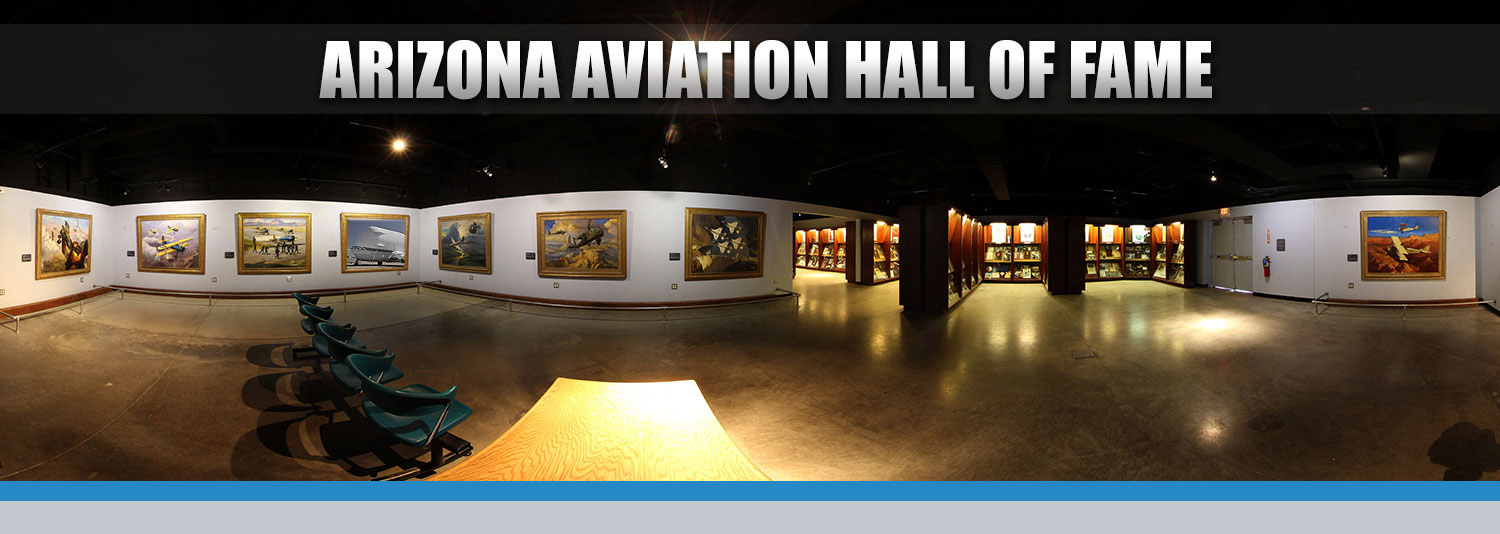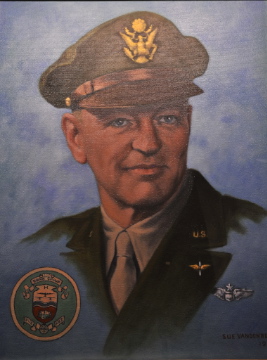JOSEPH A. MOLLER
Enshrined 1995
Joseph Moller was born in St. Louis, Missouri. In World War I, at the age of 17, he enlisted in theArmy Air Service as aflying cadet, winning his wings at Kelly Field. Later he graduated from Cornell University and, asa research engineer for Pure Oil in the 1930s, heestablished the first aviation petroleum laboratory in theU.S. While there he also contributed significantly to theadvancement of aviation and diesel fuels. During World War IIhe commanded the 390th Bombardment Group, leadingmore heavy bomber missions over Europe than any othersenior commander. He also led Allied air forces in thelargest aerial offensive of the war, November 6, 1944. His numerous awards include the Distinguished FlyingCross with several clusters, Legion of Merit, SilverStar and Air Medal. After the war he returned to Pure Oil,retiring to Arizonain 1948.
The following year he became commander of the 459th Bombardment Squadron (Very Heavy), USAFR. In 1980 he founded the 390thMemorial Museum Foundation. Anhonorary member of the U.S. Air Force Academy Association of Graduates, ColonelMoller was buried at the Academy with full militaryhonors in 1993.

